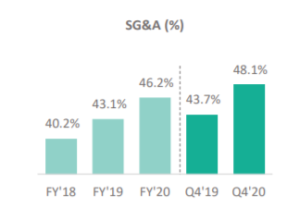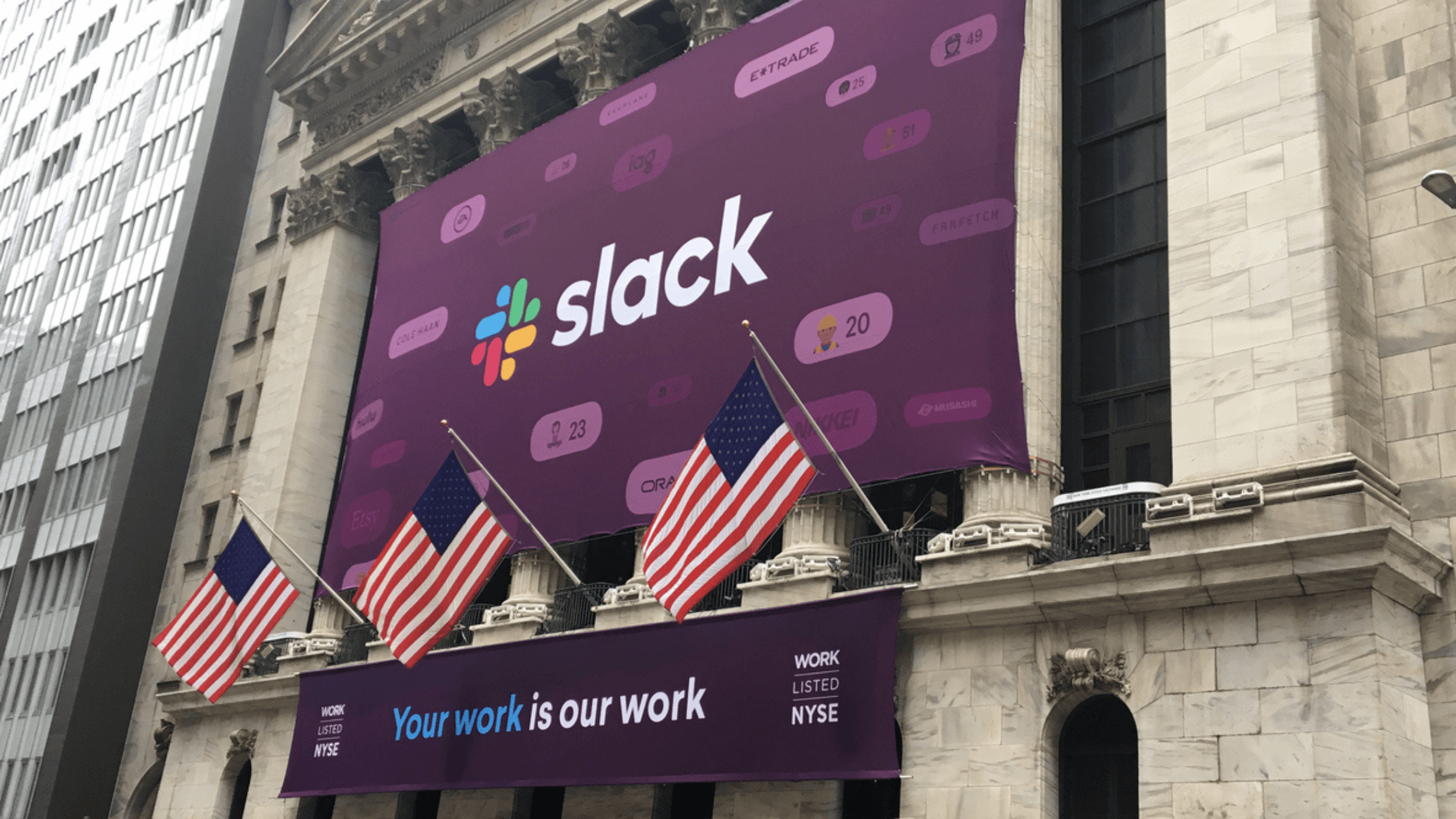Here’s Why I Wouldn’t Buy Stitch Fix Shares
Online fashion provider Stitch Fix Inc (NASDAQ: SFIX) saw shares finish down 15.5% as the company swung to a sizeable loss in its latest quarter.
Tim’s Take:
Stitch Fix has often been highlighted as one of the disruptors of the online fashion and styling industry.
Yet, instead of just selling items like a traditional online retailer, what Stitch Fix does is provide clothing for sale or rental – with the latter being provided as a subscription service.
CEO and founder Katrina Lake started the business in 2011 and listed the business in 2017. The company also deploys a unique proprietary algorithm that personalises styling/purchase suggestions for users.
The latest earnings disappointment comes as a blow to the longer-term story. The company reported a net income loss of US$44.5 million in its latest fiscal quarter versus a US$7.2 million net income profit in the year-ago period.
First, some of the positives from the report. Gross margin improved to 44.9% from 44.1% a year ago.
The company’s “Trending For You” launch in June has also captured more interest as Stitch Fix expands its feed-based shopping experience. Active clients also rose to near 3.5 million, which was up 8.8% year-on-year.
Lack of a unique story
Yet, somehow I don’t find the business that compelling as an investment. Selling, General & Administrative (SG&A) expenses are up to 48.1% of net revenue – compared to 43.7% in the year-ago quarter.

Source: Stitch Fix Q4 fiscal 2020 shareholder letter
Stock-based compensation made up a large portion of that, as it tends to with technology companies. Yet the market doesn’t value Stitch Fix as one.
Trading at just 1.6x price-to-sales (PS), even traditional athleisure retailer Lululemon Athletica (NYSE: LULU) trades at 10x.
To me, the Stitch Fix platform services a niche and, obviously, the company is suffering as less people require blazers/jackets/blouses etc. amid lockdowns.
Yet even if there is a recovery, investors are betting big on Lake and her team to deliver on the digital front.
That takes a leap of faith in a world where large fashion retailers are nurturing their own direct-to-consumer strategies (take Lululemon and Nike Inc (NYSE: NKE) as prime examples).
Beyond the snazzy technology and new initiatives, to me Stitch Fix on the surface looks like a typical online platform/brand aggregator.
As we all know, just because a disruptor shakes up an industry, doesn’t mean it can’t be disrupted itself in the future. It’ll be an interesting business to watch going forward but I’ll be sitting on the sidelines to watch it unfold.
Disclaimer: ProsperUs Head of Content Tim Phillips doesn’t own shares of any companies mentioned.
This material is categorised as non-independent for the purposes of CGS-CIMB Securities (Singapore) Pte. Ltd. and its affiliates (collectively “CGS-CIMB”) and therefore does not provide an impartial or objective assessment of the subject matter and does not constitute independent research. Consequently, this material has not been prepared in accordance with legal requirements designed to promote the independence of research. Therefore, this material is considered a marketing communication.
This material is general in nature and has been prepared for information purposes only. It is intended for circulation amongst CGS-CIMB’s clients generally and does not have regard to the specific investment objectives, financial situation and the particular needs of any specific person who may receive this material. The information and opinions in this material are not and should not be construed or considered as an offer, recommendation or solicitation to buy or sell the subject securities, derivative contracts, related investments or other financial instruments or any derivative instrument, or any rights pertaining thereto. CGS-CIMB have not, and will not accept any obligation to check or ensure the adequacy, accuracy, completeness, reliability or fairness of any information and opinion contained in this material. CGS-CIMB shall not be liable in any manner whatsoever for any consequences (including but not limited to any direct, indirect or consequential losses, loss of profits and damages) of any reliance thereon or usage thereof.























































